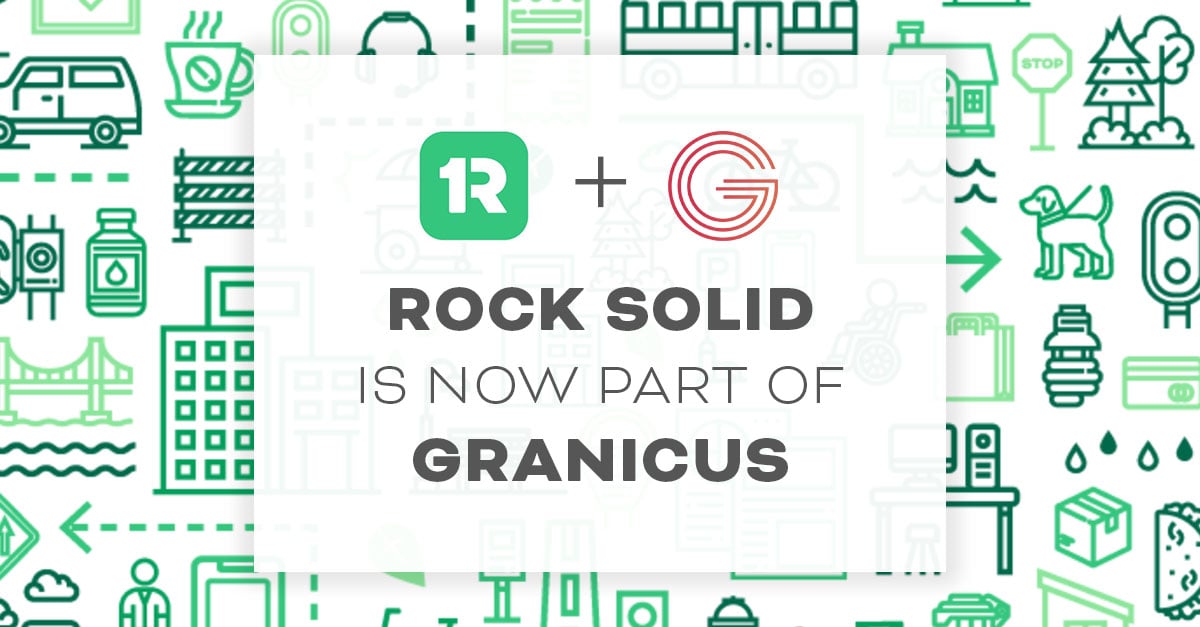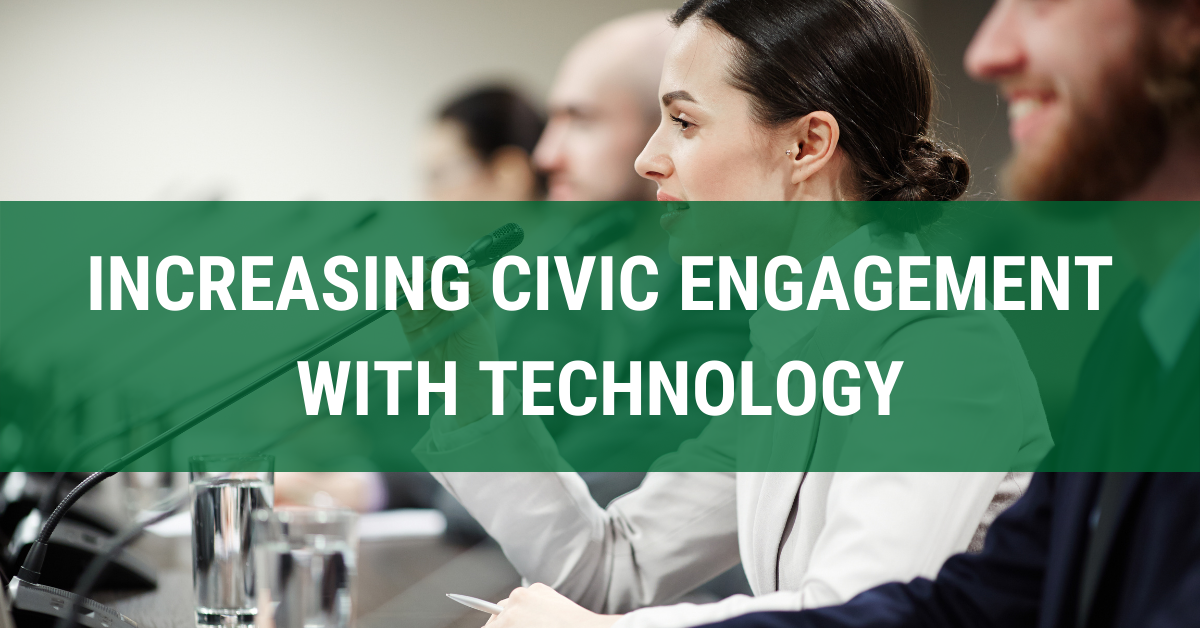Our workforce is aging
As our workforce ages, the public sector will be hit hardest by the shift in age demography.
This highlights the need for the public sector to up its game when it comes to attracting younger employees. To do so, they must reframe what it means to work in public service, by aligning daily work to today's most important social issues and investing in modern technology tools.
To illuminate this challenge let's look at the numbers. 28% of private-sector employees are at least 50-years old, with 23% of employees being 30-years old or younger. In comparison, the public sector significantly lags behind in employing the emerging generations. In local government 37% of employees are at least 50-years old. Equally alarming, the percentage of employees under 30-years old is only 12% for Local government. At the same time, Public Sector employment as a share of total employment has declined from 17.3% to 15.2% in the last decade.
The nature of government work will inevitably transform in tandem to the changing public service workforce. There will be a shift in operational procedures as state and local governments increasingly digitize and automate processes. Yet despite this long-term shift towards technology, Millennials and Generation Z will not naturally gravitate towards government jobs unless government agencies actively take measures to highlight growth opportunities, align with the social issues of today and invest in modern technology tools that mirror what these generations have grown up with.
Public sector jobs: Why the lack of interest from emerging generations?
Millennials (those born between 1981 and 1996) and Generation Z (those born from 1997 onwards) have vastly different expectations and preferences for workplace dynamics than older generations. This is significantly fueled by how the private sector, inspired by private tech companies, cater to their employees.
Government jobs typically have rigid job descriptions and compensation and lack upward mobility opportunities. Also, the barriers of government bureaucracy, including tedious paperwork, lock-step pay structure, and general workplace culture deters employees from working for local or state government.
What can local and state governments do to address these seemingly complex issues?
It should start with reframing what it means to work for the government.
State and local governments solve some of the most complex societal challenges, arguably making government work the most meaningful of all sectors. However, these jobs are hardly ever framed in such ways. This is a missed opportunity as Millennials and Generation Z look for more “stimulating and purpose driven” work.
These two generations, raised with the smart phones and social media, are digital natives. They find working for the public sector, less attractive than it would otherwise be because of the antiquated systems that often are embedded in operational procedures. Millennials and Gen Z feel they will be unable to hone or learn digital skills, and therefore will be unable to keep up with the rapid digital literacy that private sector companies often require and help build.
Blending end-to-end digitization with raising awareness about the growth opportunities provided in the public sector will attract younger generations.
The City of Houston, Texas provides a fine example of how governments can foster interest in available jobs. The city established a “Grow Your Own Workforce” program to educate students on career paths available in the government. The ultimate goal is to use the Houston education system as a pipeline to fuel future government employment opportunities. The program has four categories:
- Business and Industry
- Science, Technology, Engineering, and Mathematics (STEM)
- Arts and Humanities
- Public Service
Through this program, representatives from each of these categories expose students to the interesting projects they did and, consequently, career paths available in the government. Such initiatives will become more important if governments want to create employment demand from Millennials and Generation Z.
Just raising awareness is not enough. Measures must be taken to shift workplace culture and mirror government jobs closer to those in the private sector. There are two primary things that governments can initially do to cater to Millennials and Generation Z: create more purpose driven work opportunities in local communities and provide the latest technology tools with access to learning resources.
Gen Z and Millennials are deeply aware of the challenges that face society today. They have grown up in the age of the Internet and social media, where global challenges and those in local communities are front and center. These issues include topics like clean energy, integrated mass transit systems and autonomous cars, climate change, preventative health care and addressing mental illness, sustainable agriculture and forestry and finally cyber security for our elections and individual data. Local governments have the opportunity to transition their resources and messaging to address these issues in their local communities. Communicating this shift to Gen Z and Millennials, will give them a clear advantage in attracting the top talent of the future.
Finally, Millennials and Generation Z value professional growth opportunities like mentorship, in-housing training, and access to resources that promote career development. They also expect powerful, easy-to-access and use technology in the workplace. Millennials are known to switch jobs at a rate faster than any generation; Generation Z is expected to be even more flexible with their career lifestyle. This involves opportunities to work remotely, outsourced jobs, and the ability for employees to pick projects rather than specific jobs. Governments must adapt to these generational changes in work preference and begin implementing technology tools that empower these generations to be effective in working this way. This includes more cloud-based and mobile-friendly software applications that can be used with flexible work hours and from remote locations.


